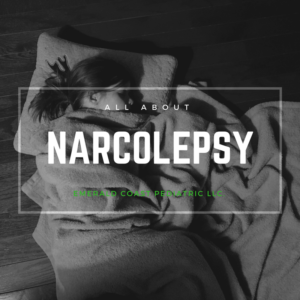 According to Dr. Sonia Smith, owner and practitioner at Emerald Coast Pediatric Sleep Consultants, LLC., sleep apnea is defined as prolonged pauses in breathing during sleep. Sleep apnea affects approximately 10 to 20 percent of children.
According to Dr. Sonia Smith, owner and practitioner at Emerald Coast Pediatric Sleep Consultants, LLC., sleep apnea is defined as prolonged pauses in breathing during sleep. Sleep apnea affects approximately 10 to 20 percent of children.
“Sometimes sleep apnea is noticed by parents when they notice that their child stops breathing periodically during the night,” Dr. Smith said. “Typically, the child will have a lot of loud snoring, stop breathing for a few seconds and the resume breathing with a loud snore or choking sound.”
The symptoms of sleep apnea in children include loud snoring, pauses in breathing during sleep, daytime sleepiness, restless sleep, sleeping in unusual positions, bed wettings, problems learning or daytime behavior problems.
“Sleep apnea can be caused by something blocking the airway such as enlarged tonsils or adenoids, or if the brain forgets to tell the body to breathe, like the pauses we all have after we yawn or sigh heavily,” she said. “Although some pauses in breathing during sleep are normal, if the pauses become prolonged, occur frequently, or if they are associated with a drop in oxygen or a rise in carbon dioxide the pauses may be considered abnormal.
Children who are obese, have enlarged tonsils or adenoids, have low muscle tone, have a chronic illness such as asthma, and children with Down Syndrome may be at risk for sleep apnea.
Sleep apnea is diagnosed by performing a sleep study in a sleep lab. For more information, click here.




 Narcolepsy is a neurological condition in which people have excessive daytime sleepiness.
Narcolepsy is a neurological condition in which people have excessive daytime sleepiness.